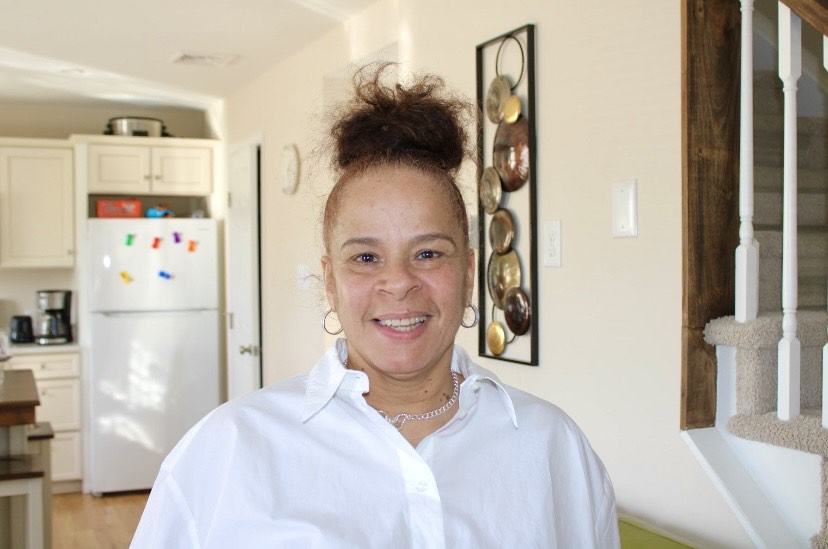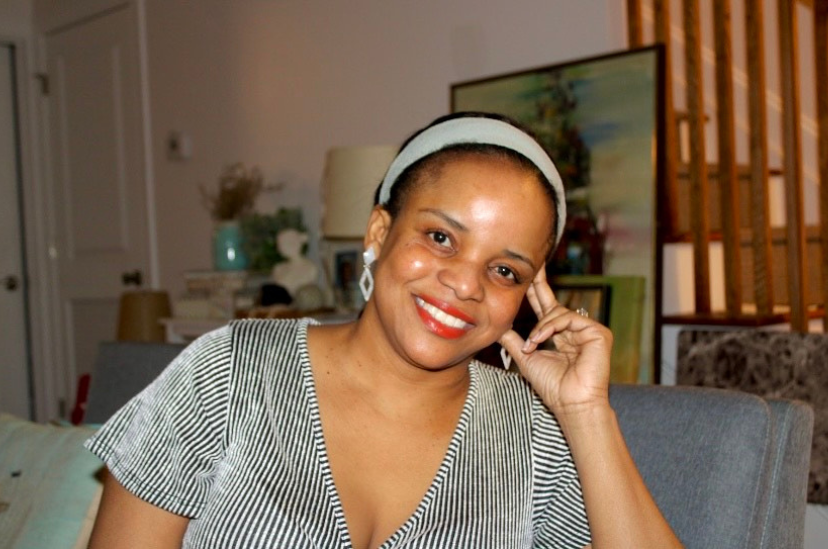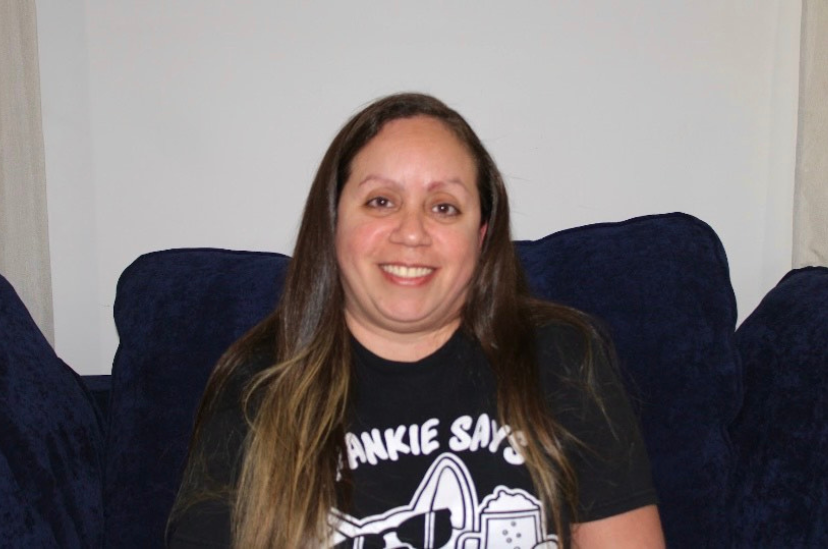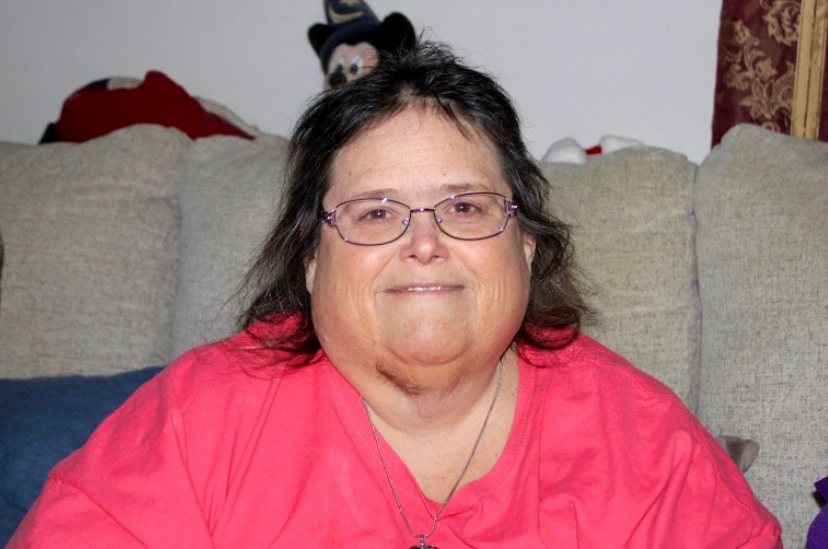
"People like us, minorities, we want what you want…We want to be in nice neighborhoods, we want to raise our kids in nice places, we want them to go to good schools, we want to own a house."
Wanda, a 58 year old single mother and grandmother, grew up in the Red Hook projects of Brooklyn, New York. She became a single mother at the age of 17 and was constantly in search of an affordable home and safe neighborhood to raise her children in. Since 2003 she has worked for the NJ Turnpike Authority, but has not been able to make a down payment on a home while supporting herself and her children. In 2022, she was finally able to move into what she refers to as her “dream home” through Habitat for Humanity’s affordable housing program.

"Sometimes I didn't have anywhere to stay, so I tried to find a better life. I went to school... but sometimes I worked only to pay for a place to stay."
Zelda is a 44 year old married mother of two who works as a CNA for people in assisted living. Upon coming to the U.S. from Haiti following the 2010 earthquake, she struggled to find secure housing and was often homeless. Other times, she would spend the entirety of her paycheck on rent to avoid losing custody of her children. Through Homefront New Jersey, Zelda and her family now live in an affordable home where her daughters can play and explore passions like cooking now that they have a kitchen. Zelda and her family have become part of their community and when asked how she feels about her living situation now, she said “I’m happy. When I’m here, I feel at home.”

“It’s meant a lot to live here." It’s a good neighborhood. So far, the school district is good. The kids love having their own room. Everyone’s been a lot happier. "I don’t have to worry so much.”
Erika is a 43-year-old single mother of four. She is currently studying to be a neurological diagnostic technician and works at her local hospital as a patient care technician. For many years, Erika struggled to afford her rent and was often concerned about the safety of her previous neighborhoods. In 2020, through Habitat for Humanity’s affordable housing program, Erika and her children moved into her current home, where she is grateful for the safety and quiet of her community.

"I think there are more and more people like me who are hurting and don’t have the money for a house or even an apartment."
Alana is a 52-year-old single mother who is currently on dialysis. She receives disability payments, and after losing her home to foreclosure, she became homeless and was unsure of how she would be able to survive. Through assistance from Homefront New Jersey, Alana was able to move into her own apartment in 2018 and has remained there since.
Your support enables us to continue our fight for housing justice. Every contribution, big or small, makes a significant impact. DONATE NOW to make a difference.

Fair Share Housing Center is a nonprofit advocacy organization that uses legal, policy, and community-building strategies to fight for housing justice in New Jersey and beyond.
Sign up for more updates!